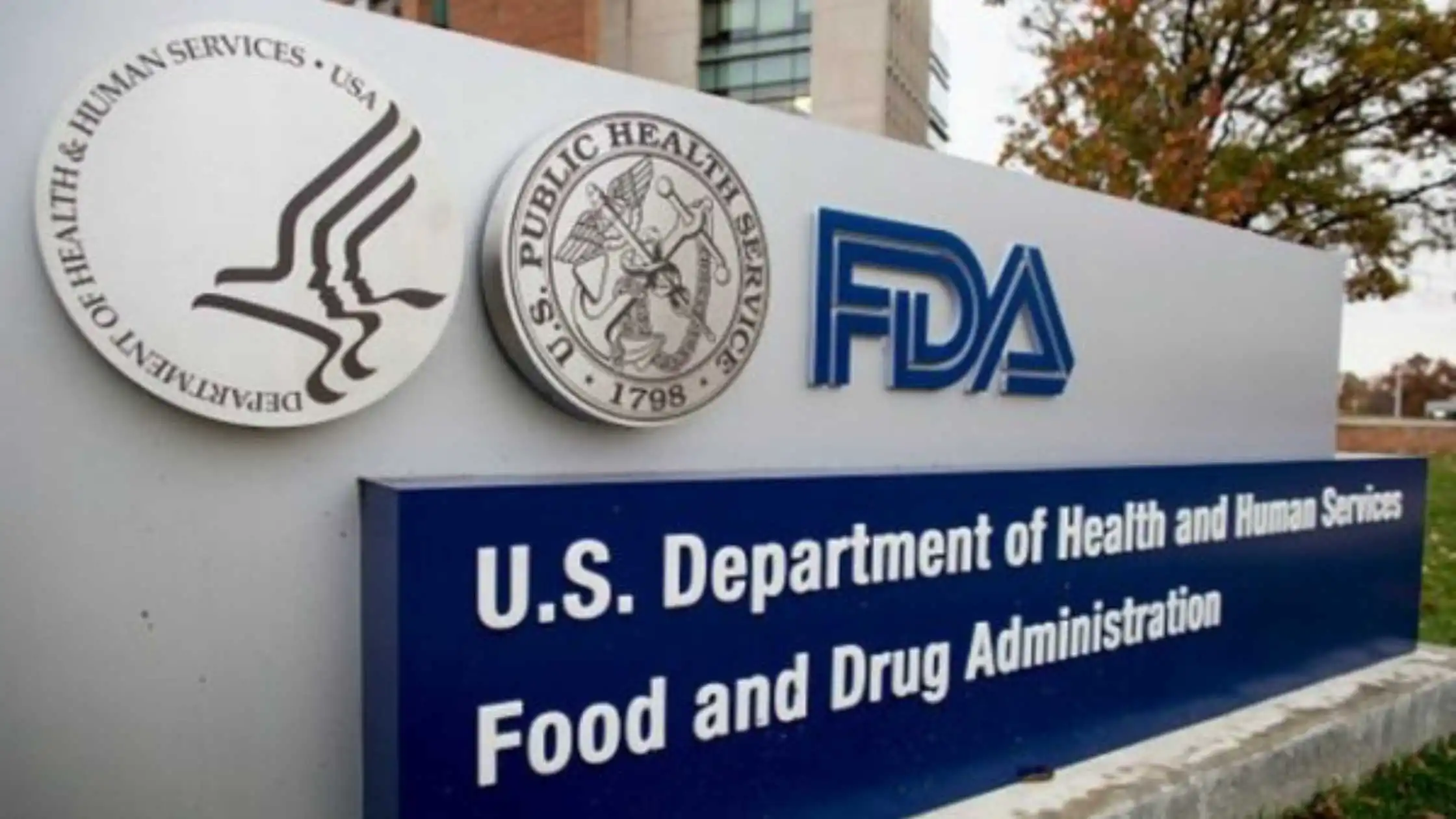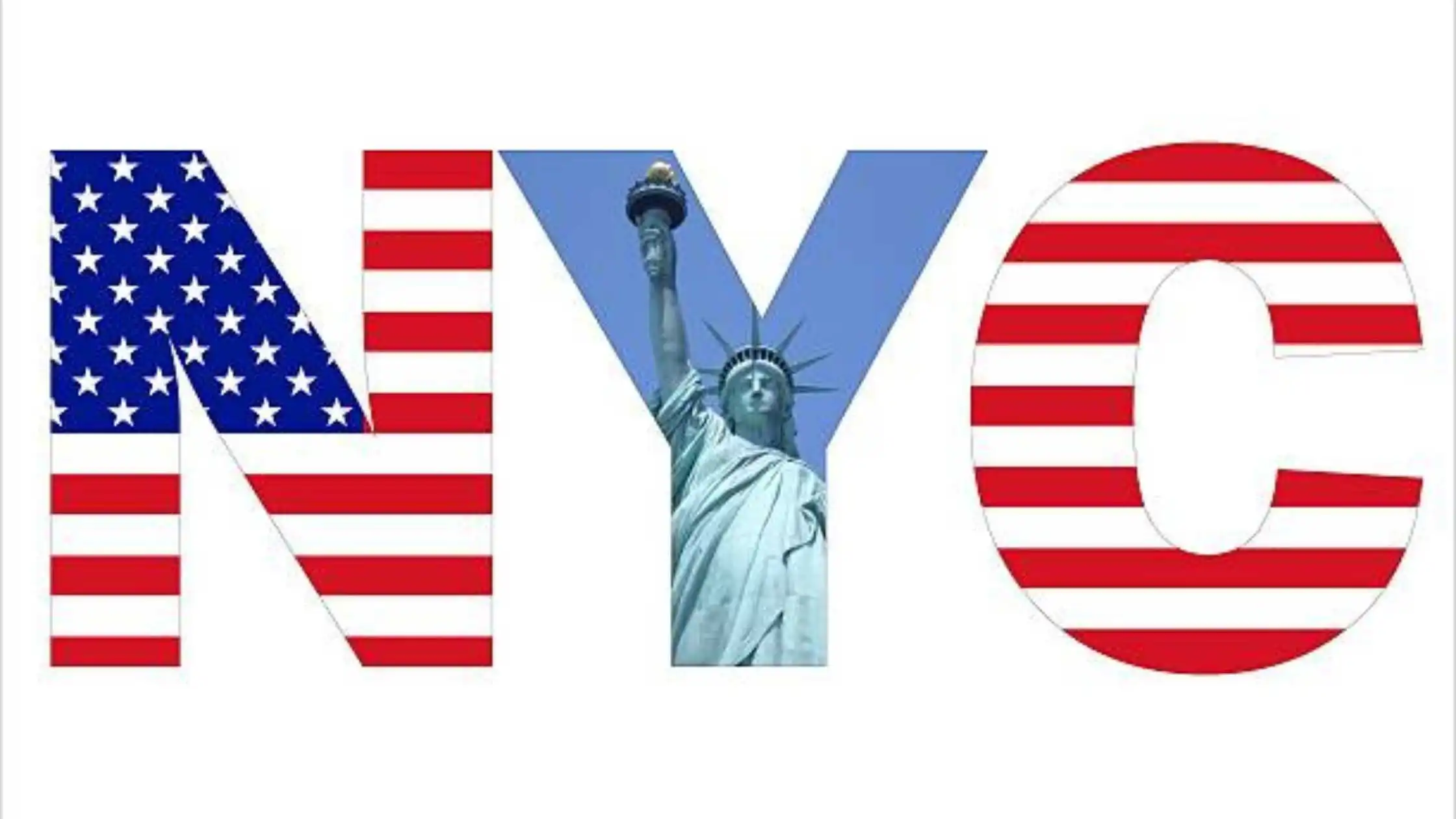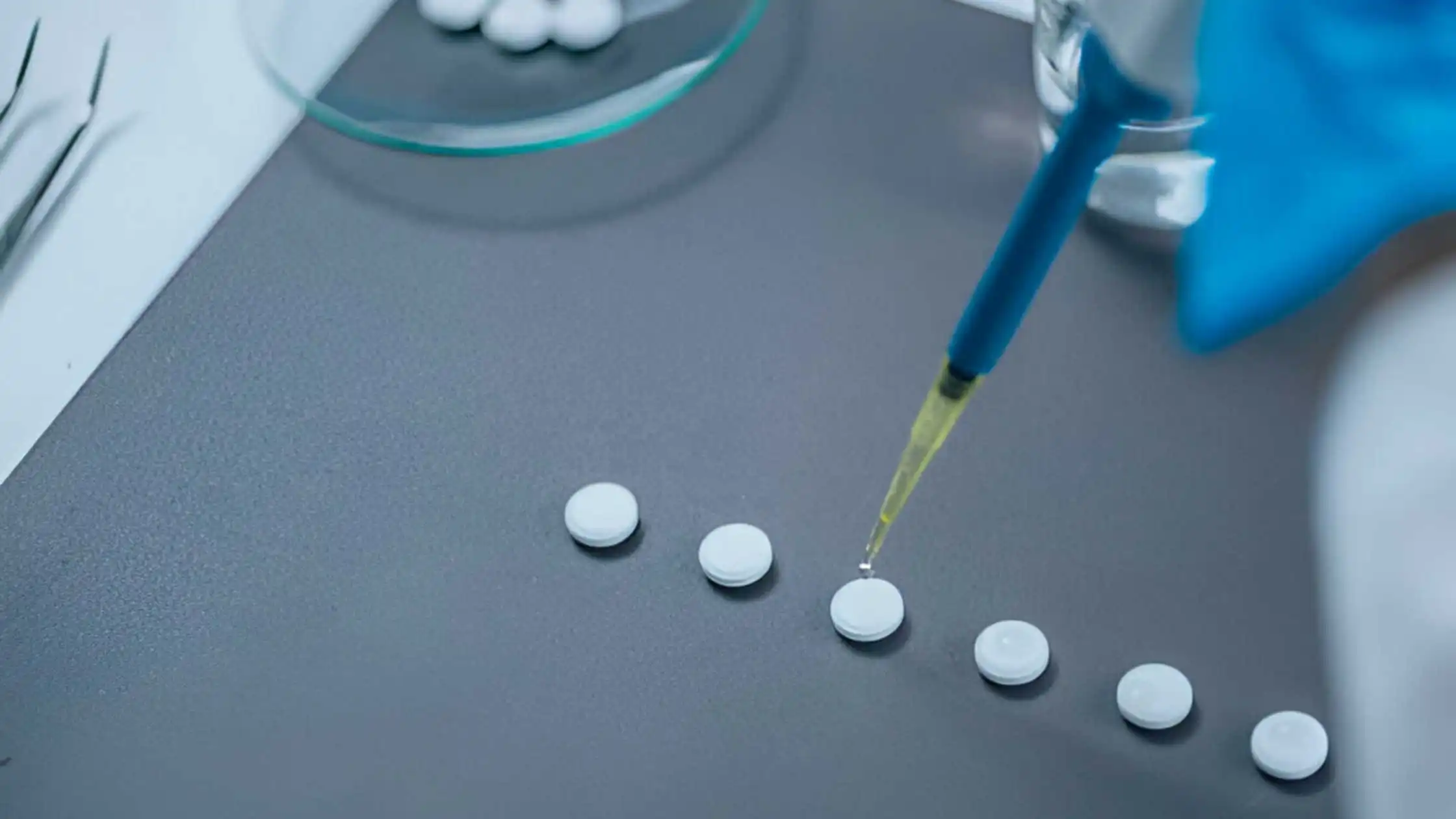Among the four Food and Drug Administration (FDA) pathways for developing new drugs faster are Fast Track, created in 1997, designed to expedite the review of drugs to treat severe conditions and fill an unmet medical need; and Breakthrough Therapy, created by the FDA in July 2012, a process designed to expedite the development and review of drugs that are intended to treat a severe condition, where “preliminary clinical evidence indicates that the drug may demonstrate substantial improvement over available therapy on a clinically significant endpoint(s).”
There have been no psychedelic compounds listed on the FDA’s fast-track approval list (but oxycodone made the list in 2016), and just a few listed on the FDA’s breakthrough therapy list, such as the Compass Pathways’ (NASDAQ: CMPS) psilocybin therapy for treatment-resistant depression in October 2018, and the Janssen Pharmaceuticals’ Spravato in March 2019.
All four FDA expedited drug development pathways are designed to overcome the problems of the long process of drug development, in part fueled by the AIDS epidemic when researchers had called for quicker review and development of drugs by the FDA.
According to one study, clinical development of a new compound through marketing approval took 7.9 years and 8.2 years, respectively, in the 1960s and 1970s.
Real World Evidence
While the development process is designed to ensure efficacy and safety, there is a new and growing acceptance of a new method of advancing drug development based on the rapid accumulation of data, which may soon be working with the randomized clinical trial (RCT) process—it’s called real-world evidence, or RWE.
The FDA promoted using RWE for a faster pathway to developing COVID-19 vaccines beginning in September 2021, in a process that continues today.
Another example of RWE effectiveness was demonstrated in a recent study of the outcomes of ketamine from patients treated in 178 participating independent community ketamine practices across the U.S. This setting offers significantly different outcomes compared to patients in randomized trials.
The outcomes were measured on 9,016 outpatients with symptoms of depression who received ketamine intravenous therapy (KIT) between 2016 and 2020.
It was the most extensive published analysis to date examining the real-world effectiveness of a standard KIT induction protocol for depression using data from patients treated at community clinics across the United States.
One of the critical findings of the study is that a richer data set from RWE can form the basis of predictive models that directly inform clinical care. One example is how data about how medications, taken daily or as adjuncts to KIT, can modify the response. “More broadly, point of care data collection and personal sensing streams (e.g. actigraphy, or “wearables”) can establish links between self-report measures and functional health outcomes,” the study reported.
So, RWE can help inform clinical care in the future. But what is the relationship now between real-world evidence and clinical trials?
The outcomes of RWE today usually get a lower credibility assignation by researchers working on RCTs. However, RWE research is a practice that does not need to be done like random clinical trial research for it to be reliable, according to another study.
Some advantages of RWE include less time and cost than RCT, research that can’t be done with RCT, safe research on high-risk groups, rapid access and more accessible information and data retrieval, and more.
The FDA sees the advantages and published draft guidance for working with RWE in September 2021. According to the FDA, RWE can be generated by different study designs or analyses from randomized trials, including large simple trials, pragmatic trials, and observational studies—all built on such real-world data (RWD) as electronic health records, product and disease registries, patient-generated data including in-home use settings, and data gathered from other sources that can inform on health status, such as mobile devices.
As more RWD is collected, RWE is being gradually expanded, with a developing need to be more structured and use the new silos of health data being generated every day. A study noted that RWE and RCT research are not in a mutually competitive relationship. “Presently, RWE research cannot substitute RCT research. However, RCT research bestowed the highest reliability. RWE research, perceived to reflect the actual clinical aspect, can be proven to share a mutually supplementary relationship to become the most powerful resource in evidence-based medicine.”
Today, as spelled out in a “Forbes” article by Dr. Dan Riskin, the founder of Verantos, health systems, insurers, and pharmaceutical firms have all created RWE divisions. Insurance companies use RWE to analyze whether high-cost therapies provide sufficient benefit.
But there are still many questions to answer. For example, would an identical RCT trial and an RWE study reach the same conclusions? The FDA is looking into that in more detail, hoping to make RWEs more valid by conducting additional RCT/RWE trial emulations to add to the ten already done.
Meanwhile, progress on RWEs for psychedelics research continues. Compass Pathways is searching for an RWE manager as it further investigates the process. One company that hopes to make headway in using RWE for developing psychedelics is Albert Labs in British Columbia. “RWE studies are a much faster and vastly less expensive way to conduct and take medicine through regulatory approval to commercialization compared to RCT trials, as evidenced in bringing Covid-19 vaccines to market,” said Malcolm Barratt-Johnson, chief medical officer for Albert Labs in a blog featured on their website.
Disclaimer: https://www.greenmarketreport.com/psychedelic-drug-cos-looking-at-ways-to-speed-up-fda-process/
Posted by: Times Of Hemp, TOH, #TOH, #TimesOfHemp, https://www.timesofhemp.com





